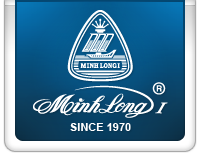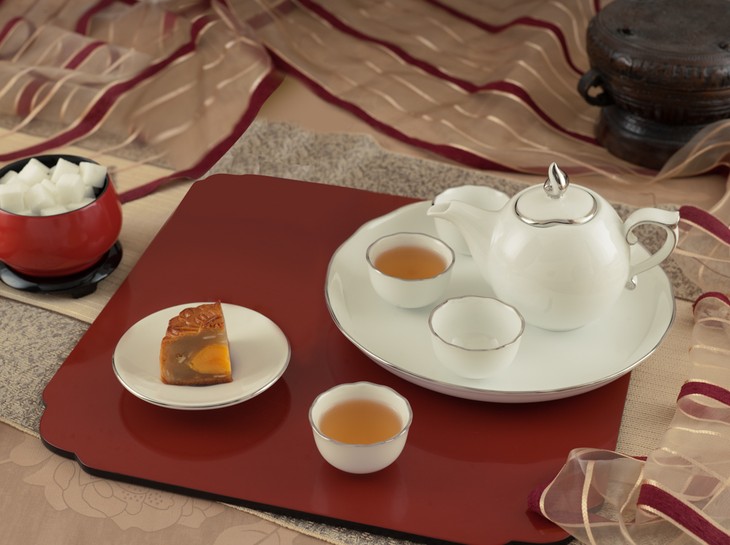(VOVworld) – Many Vietnamese trade-marks have confirmed their positions in the international market. Vietnamese companies have realized the need to promote a national trade mark to compete well in an ever-increasing global economic competition.
 |
Agricultural produce, one of Vietnamese products, needs to have a brand-name
(Photo: brand.lapoo.vn) |
Vietnam is one of the world leading exporters in agricultural produce, food processing, footwear, clothes, fine art articles, and seafood with increased quality. Up to 90% of Vietnamese goods are exported to the international market through intermediary and under the forms of either raw materials or processed products for international trademarks. As a result, foreign customers haven’t known much about made-in-Vietnam goods. Tran Huy Liem, an expert of the Vietnam Chamber of Commerce and Industry, says in the current fierce competition and integration, domestic enterprises have realized the need to develop a brand-name. He explains furthers:
“The current international integration has resulted in many difficulties for enterprises but also offered them good opportunities to restructure the operational apparatus, approach various sources of information, skills, and knowledge to develop their own brand-names.”
 |
| (Photo: minhlong.com) |
Currently, Vietnamese businesses have many opportunities to access world major economic groups with experiences in trade-mark development through which to learn more lessons. Besides, Vietnam has been identifying the construction of brand-names for each profession and potential products.
 |
| One of Minh Long's products for 2013 Mid Autumn Festival (Photo: minhlong.com) |
To date, a number of Vietnamese companies have succeeded in the move. Minh Long Ceramics and Porcelain Company is a case in point. Minh Long branded products have become popular both domestically and internationally, according to Le Ngoc Minh, Director General of Minh Long Porcelain Company 1. Minh says:
“First we developed a brand-name which has been used as a cultural foundation for our products. It’s followed by creating product novelty. We always try to diversify our products and build the company’s image professionally towards becoming a major brand-name.”
To penetrate more into the global market, Vietnamese businesses have gradually changed old-fashioned trading method. For instance, the electronics industry has moved into research, design, and manufacturing of made-in-Vietnam products instead of processing and assembling. More particularly, making full use of business culture, promoting cooperation, creativeness, and developing human resource have been considered a strategy to build trademark sustainably. Economist Vu Dinh Anh says:
“To build a trade mark, maintain and develop it requires the efforts of not only the company, its owner, but the most important thing is to consistently sustain the product’s quality and competitiveness. In addition, a close coordination among relevant agencies is needed to help enterprises retain their trade-marks.”
To develop trade-marks, enterprises need to be strengthened with financial capacity and trading skills in the international market.